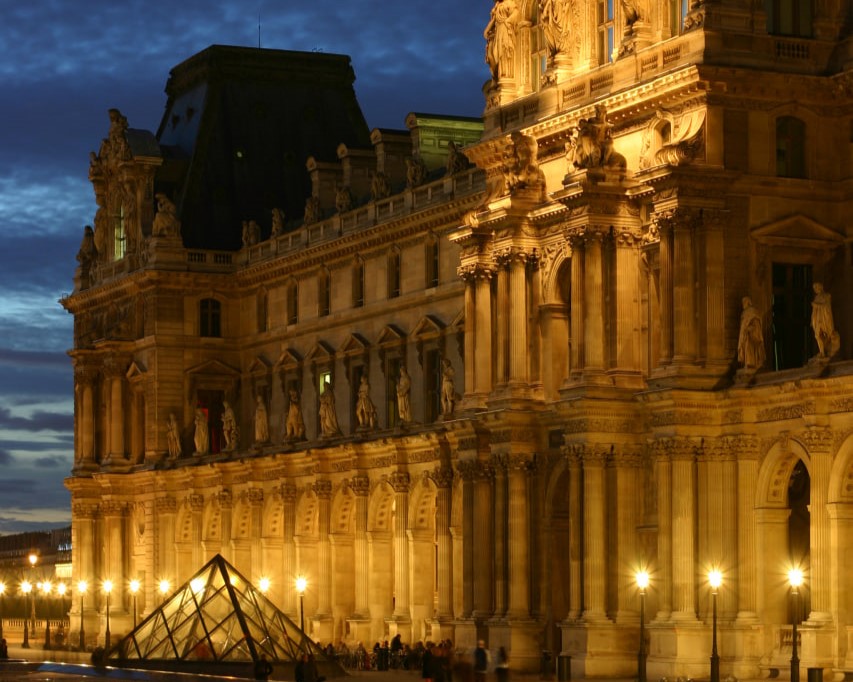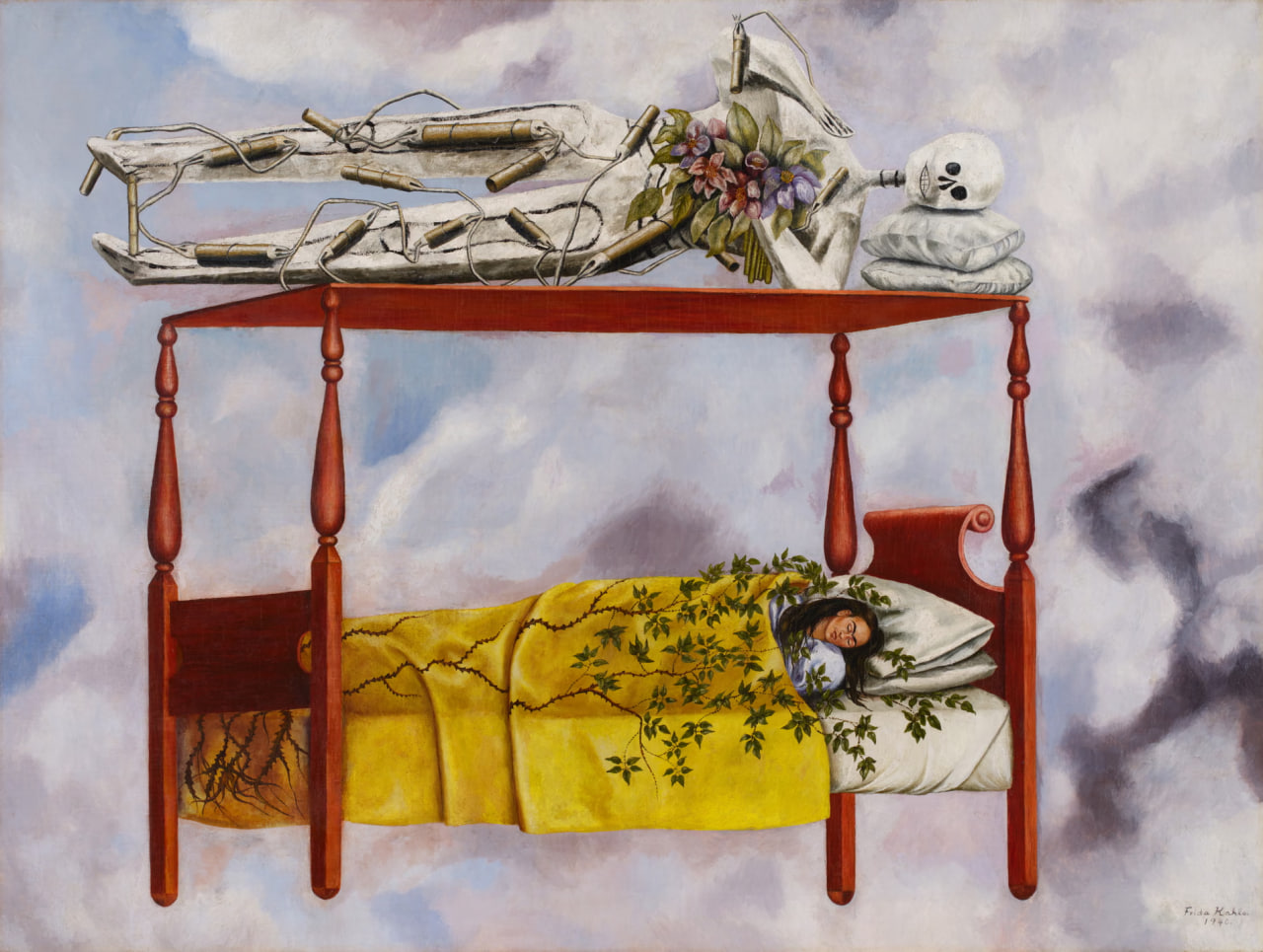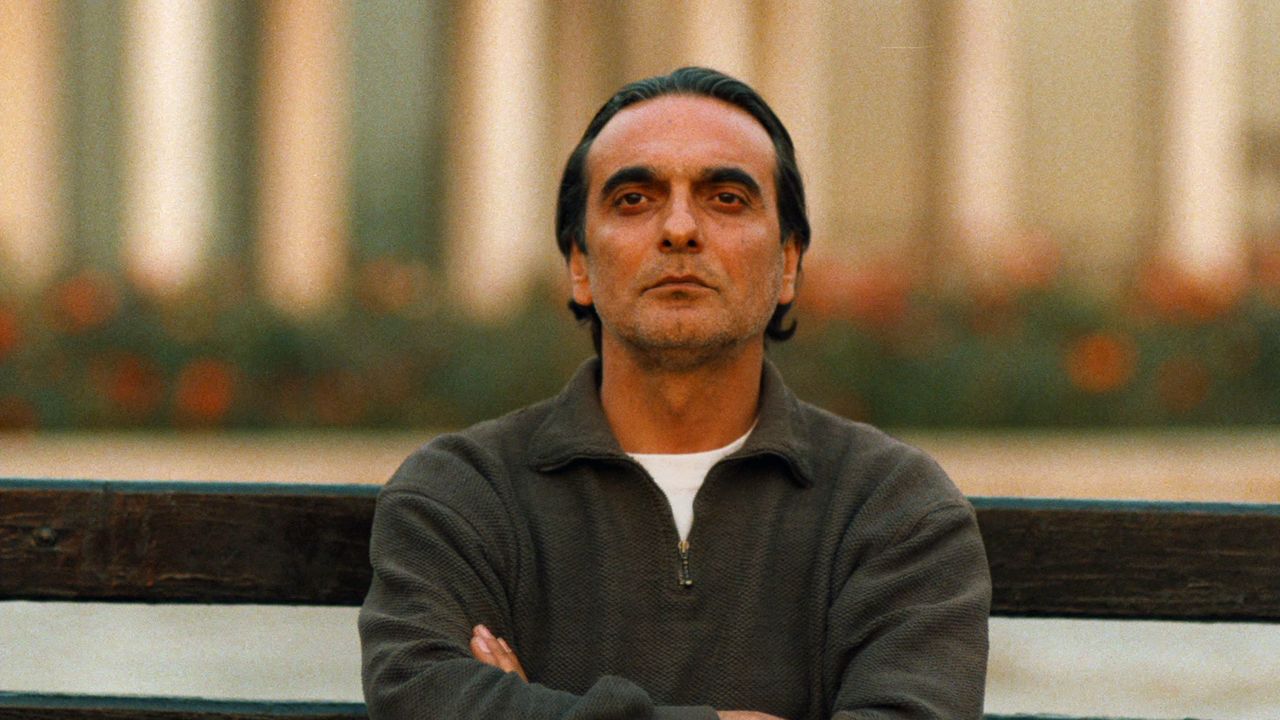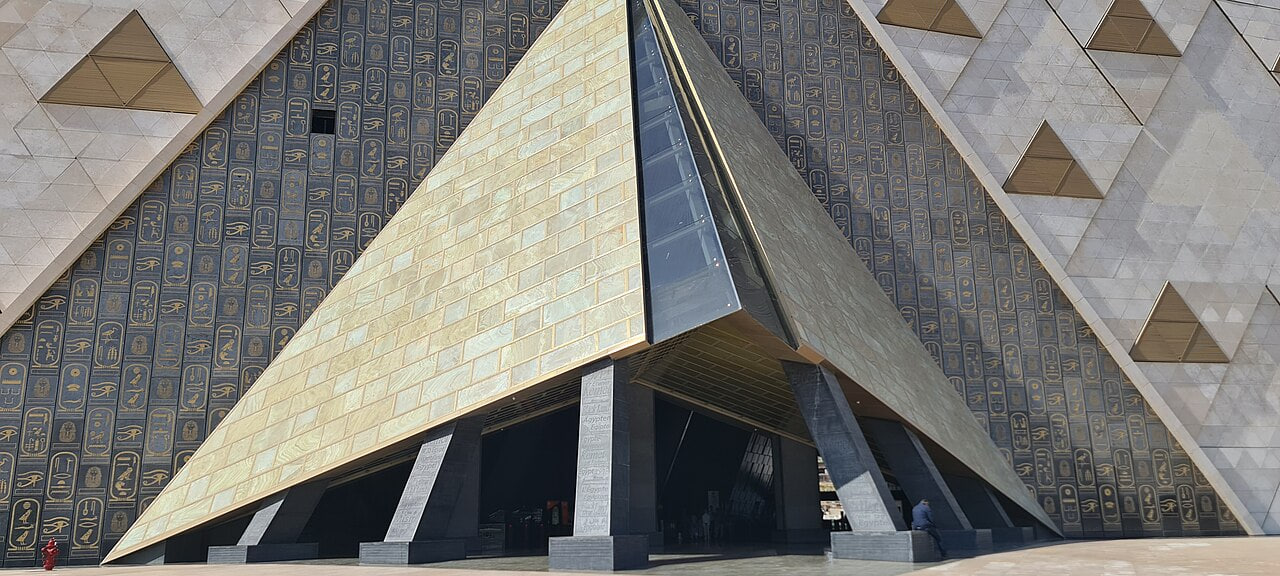1. Prelude: A Museum under Strain
The Musée du Louvre, the world’s most-visited museum located in the heart of Paris, welcomed approximately 8.7 million visitors in 2024. Alongside this heavy footfall, multiple internal reports and labour unions had warned of mounting pressures: reduced staffing in security, delays in the deployment of new surveillance infrastructure, and overcrowded galleries. In January 2025 the French state launched the “Louvre Nouvelle Renaissance” programme, budgeted at some €700 – €800 million, aimed at major renovation and security upgrades.
Yet, despite the intention and funding, insiders say that key wings — including the Denon wing housing the Apollo Gallery — were not scheduled for full overhaul until 2034-35.
Thus, by mid-October, the institution found itself at a critical juncture: high visitor numbers, aging infrastructure, intensifying heritage demands — and an urgent need to modernize security.
2. The Heist: Rapid, Precise, Daylight
On Sunday morning, 19 October 2025, at about 09:30 local time — roughly half an hour after standard opening time — four masked individuals carried out a brazen theft at the Louvre’s Apollo Gallery.
Modus operandi:
- The perpetrators arrived via two motor-scooters and a vehicle equipped with a furniture-type lift (a “nacelle”/basket-elevator), parked by the Seine-facing side of the museum, at Quai François-Mitterrand.
- Disguised in high-visibility vests (yellow/orange) to emulate construction workers, they placed traffic cones around the lift vehicle to avoid suspicion.
- Two of them ascended the lift to a balcony window of the Apollo Gallery (first floor), used power-tools (angle grinders/disc cutters) to breach the window and accessed the gallery.
- Inside, they smashed two high-security display cases, removing eight items of “inestimable heritage value”, according to the Culture Ministry.
- One of the jewels — the crown of Empress Eugénie — was dropped or abandoned during the escape and later recovered, though damaged.
- After retrieving the items, they descended via the same external route and fled on the scooters — the entire operation is reported to have lasted between 4 and 7 minutes.
Remarkably, the theft occurred in full daylight, with visitors already inside the museum. One investigator described the event as “the work of an experienced team” and added that foreign involvement could not be excluded.
3. The Stolen Treasures: Heritage at Risk
The targeted objects were part of the French Crown Jewels collection, displayed in the Galerie d’Apollon, a richly ornamented hall commissioned in the 17th–18th centuries.
According to official sources:
- A sapphire-set necklace originally belonging to Queen Marie-Amélie and Queen Hortense (8 sapphires + 631 diamonds) was stolen.
- A diadem (tiara) of Empress Eugénie — the wife of Napoleon III — containing nearly 2 000 diamonds, was among the loot.
- One piece, the Crown of Empress Eugénie (1 354 diamonds + 56 emeralds), was not taken (found damaged outside).
Experts warn that although the monetary value may be high, the heritage value is beyond calculation. Moreover, the danger is acute: once the stones are recut, the metal melted, or the pieces separated, recovery becomes exceedingly difficult.
4. Immediate Aftermath: Closure, Investigation, Political Shock
Following the heist:
- The Louvre was closed on Monday (20 Oct) “for exceptional reasons”, visitors with bookings were refunded.
- The French Government immediately ordered a national review of museum security. Interior Minister Laurent Nuñez described the incident as “we have failed” to protect our heritage.
- The Justice Minister Gérald Darmanin echoed the sentiment—parking a lift truck beside the Louvre and stealing jewels in minutes was “a deplorable image”.
- President Emmanuel Macron called the theft “an attack on our history.”
- Around 60 investigators from the Brigade de Répression du Banditisme (BRB) and the Central Office for the Repression of Illicit Traffic in Cultural Goods (OCBC) were assigned.
Trade-unions within the museum raised alarms: staff indicated that security staffing had been reduced, certain cameras were missing or inactive, and the modernization plan had been delayed.
5. Security Flaws Exposed
Several serious vulnerabilities in the museum’s protective architecture were highlighted:
- Some galleries — per a report by the Cour des Comptes — lacked full CCTV coverage (e.g., Sully wing ~40%, Richelieu wing ~25%) though the Apollo Gallery sits in Denon wing.
- The external façade along the Seine, including the balcony used by thieves, was identified as a vulnerability zone. The use of a furniture-lift (nacelle) had not been blocked.
- Staff reductions in the gallery: at the time of the theft, only four staff members were reported present during a short-morning-break.
- The museum’s modernization contract (2025-2029) did not yet cover the Denon wing; therefore, critical security upgrades were still pending.
As one security expert noted: if the Louvre — arguably the best-resourced museum globally — can be breached so swiftly, then the vulnerability of many other institutions is acute.
6. Wider Implications for the Art World & Heritage
- The heist casts a shadow over global art-security standards. The fact that such a high-profile museum was compromised raises concerns about organized crime involvement in cultural trafficking.
- Experts stress a “window” of 24-48 hours is critical: stolen jewels can be disassembled, melted, recut, and dispersed beyond retrieval.
- The incident revitalizes debate around the balance between openness and protection in major museums. With increasing visitors and digital demands, institutions are under strain.
- Politically, the theft has become a national embarrassment in France — forcing lawmakers to revisit funding, staffing, and heritage-protection policies.
7. What Happens Next? Recovery & Reform
Recovery efforts
Investigators are tracing the escape route (scooters heading southeast out of Paris toward autoroute A6) and analysing CCTV, the abandoned crown, the lift and tools left behind. International cooperation (Interpol, art-recovery networks) may become involved given the global nature of art-crime.
Institutional reforms
- The Louvre’s management has committed to an independent audit of security and prevention systems following internal union demands.
- The Culture Ministry plans to expedite procurement rules to reinforce museum defence systems.
- Other museums across France are being ordered to conduct immediate security checks.
Public & visitor impact
The closure of the Louvre — even for a short duration — sends ripples through tourism, culture and economy. The trust of visitors and partners may be shaken. The museum faces the dual challenge of restoring confidence and preserving heritage in an era of heightened threats.
8. Concluding Reflections
This event is not merely a sensational robbery; it is a wake-up call. The heist at the Louvre lays bare the fragility of even the most storied cultural institutions when confronted with well-executed criminal acts. The stolen jewels may yet be recovered — but the damage to perception, the shaken faith in heritage protection, and the revealed structural vulnerabilities will likely endure far longer.
For the world of art, culture and heritage, the message is urgent: investment in spectacle must go hand in hand with investment in security, staffing, technology, and preparedness. When the crown jewels of a nation can vanish in the space of seven minutes, the guardians of culture must rethink their armour.






